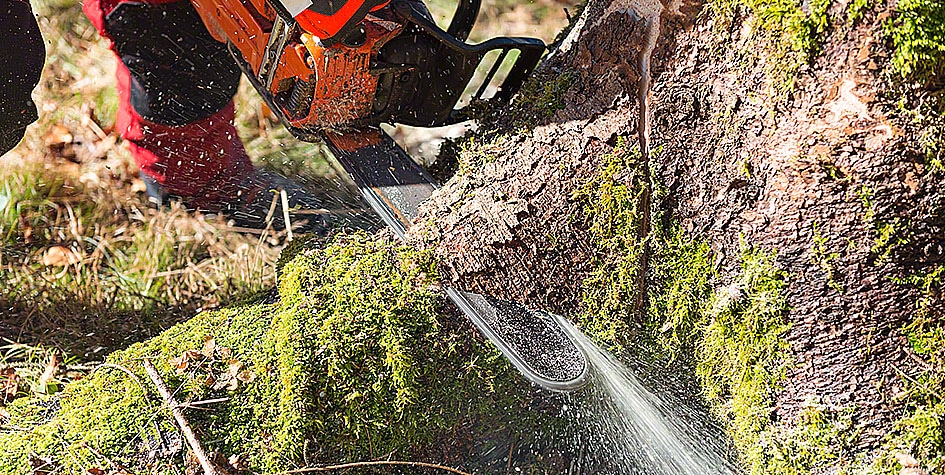Tree felling is a critical job. Not only does it require using the right technique but also the right tools to ensure safety and security. It is a job better done by tree cutting services but if you are curious to know whether you can do it on your own, we are going to share a few tips that might help. Let’s begin!
Plan Ahead
Tasks such as tree felling need to be planned ahead. If you have ever come across construction projects, you will observe that the team spends a considerable amount of time and effort planning each and every single phase of the process. The reason is that time is money and you cannot afford serious fatalities with hundreds of people working on the ground.
The same is the case with tree felling. From the outside, it might look like an easy task but not when you decide to do it on your own. Irrespective of the size and type, you should always plan ahead when it comes to tree felling. The reason is that it allows you to secure your surroundings and move ahead calmly instead of ignoring what might be irreplaceable if damaged. Plus, with a plan in check, you will ensure that you have cleared all obstacles and informed people in the surroundings to proceed with the process safely.
Check The Felling Direction
The next thing you need to check is the felling direction especially if you are handling a big tree. In the past, tree cutters have ignored this factor, which led to serious consequences. Even today, some professionals fail to predict or measure the felling direction of the tree, which can cause severe casualties.
Depending on the size and type of the tree, you should give yourself a bit of time to understand how the tree will behave once you start cutting it. If the tree is huge, you might want to prune it first and cut off the branches. In addition to that, consider the wind direction as well. A tree that is comparatively bigger in size will cover more area while falling. Therefore, you need to clear the area of any obstacles, allowing you to create your path of retreat.
Decide On Cutting Technique
Deciding on the cutting technique is as important as predicting and measuring the direction of the felling tree. However, before that, you need to prune the trunk. As mentioned previously, pruning the trunk means getting rid of the branches and twigs that might get in the way of the process.
Now that the trunk is free of twigs, which technique you use depends on the size and type of chainsaw you have. When it comes to making the tee felling cut, you need to consider two important things. The hinge should have a thickness that is uniform. And, secondly, the breaking bar or felling wedge should be inserted before the tree can pinch the guide bar.
Check For Diseases
Checking the felling tree for diseases plays a crucial role. If you notice that the tree’s lower part is swollen, soft, or diseased, you would want to be careful. This means that the tree is infected and the wood fibers are weakened. Therefore, the tree might not fall exactly in the direction you might have predicted. With that said, inspect the tree for diseases first along with the inspected area so that you have a clear idea of where you need to make the felling cut.
Choose Your Tool
When it comes to taking a tree down, there are several tools to choose from. The decision primarily rests on the size and type of the tree. There is no point in using a chainsaw for a small-size tree. You do not necessarily need felling tools for such situations, just hand force is going to be sufficient. If the situation demands, you can use a rope and a winch which is a much safer and powerful way to fell a tree.
Final Word
The above-mentioned tree felling tips are tried and tested by professionals. The process requires patience, planning ahead, checking the tree for diseases, and using the right techniques and tools, etc. However, if the job is too risky, you might need tree removal companies Chevy Chase to handle the task.
Topics #inspecting a tree #pruning a tree before removal #tools for tree removal #tree cutting services #tree felling direction #tree felling techniques










